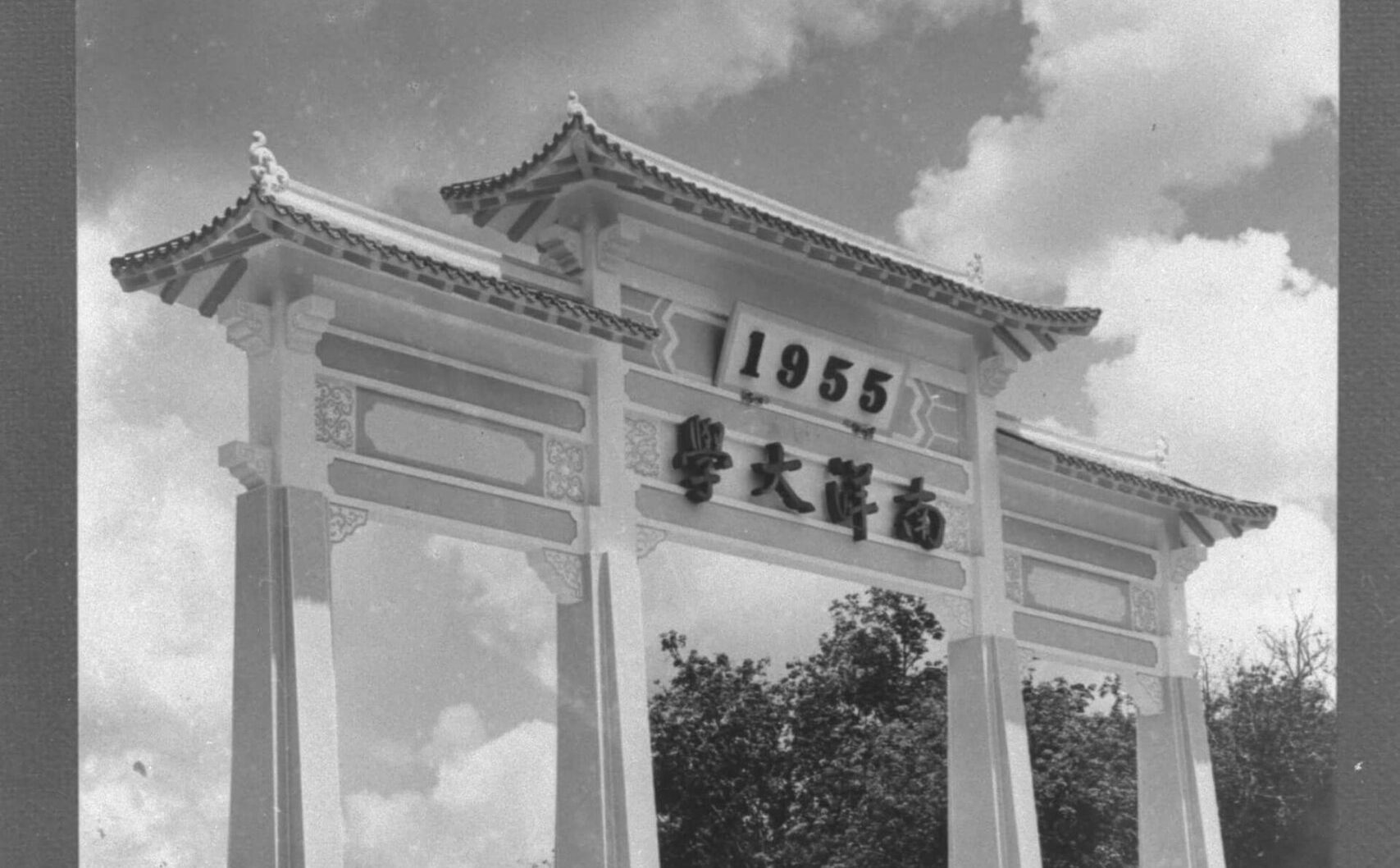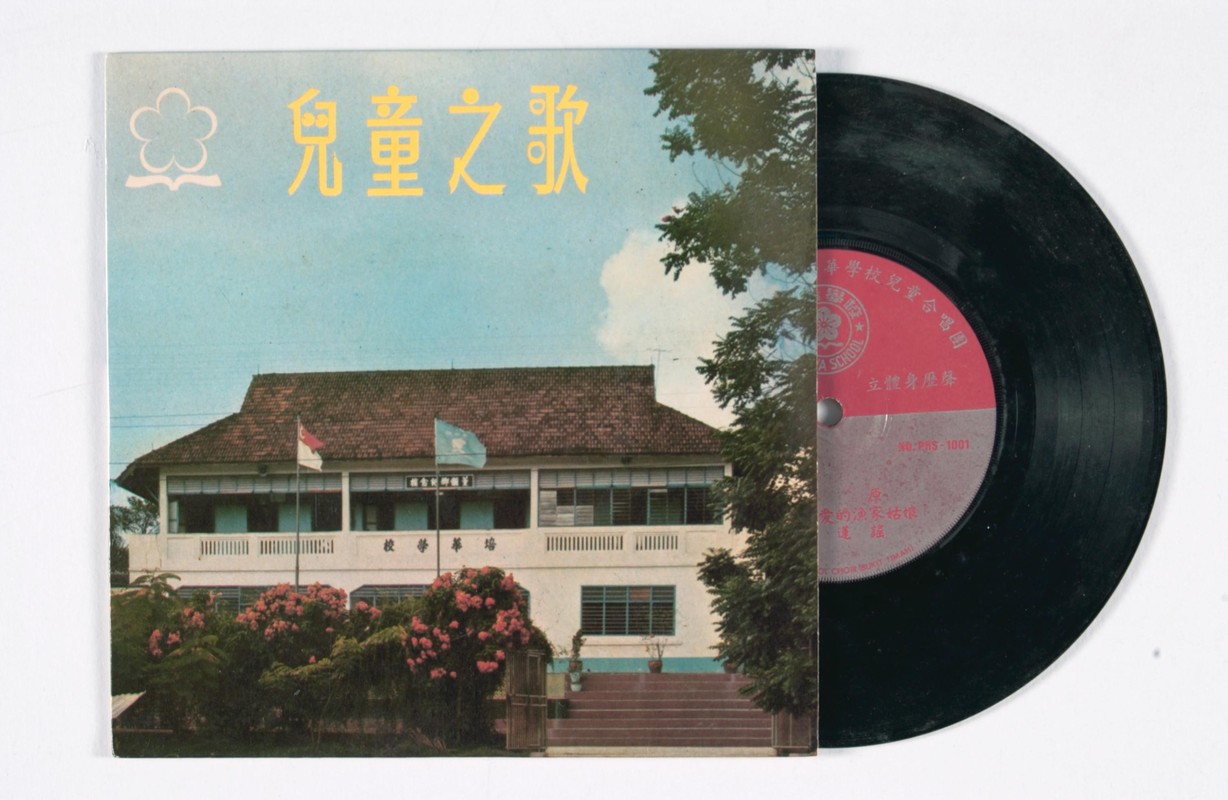The Teochew dialect in Singapore
The Teochews are the second-largest Chinese community in Singapore. They originated mainly from the Chaoshan region in Guangdong province, including Chaozhou, Chao’an, Shantou, Jieyang, and other areas. According to 2020 census data, the local Teochew population makes up approximately 19.4% of the total Chinese population.1 The proportion has remained relatively stable since the census of 1931.
The Teochew dialect is a branch of the Minnan dialect family, and has similarities with the widely-spoken Hokkien (Minnan) dialect. Yet, it has some distinctive features.
Phonology
According to Chinese linguist Li Yongming’s research, the Teochew phonetic system in Singapore includes 18 initial consonants, 69 vowels, and eight tones.2 These are some of its phonetic characteristics:
- Initial consonants retain some ancient phonetic features. For example, words like 分fen, 房 fang, 浮fu are pronounced with bilabial consonants “b” and “p”, conforming to the ancient phonological pattern that labiodental consonants are grouped under bilabial consonants. Words like 柱、竹zhu, 抽 chou are pronounced with dental sounds “d” and “t”, conforming to the ancient phonetic pattern of moving from alveolar sounds to retroflex sounds.
- Mandarin Chinese has a Si Hu 四呼 system of vowel classification, with categories based on the four shapes of the mouth and strength of aspirated sounds: “open mouth”, “even teeth”, “closed mouth”, and “pursed mouth”. In Teochew, however, there are only three categories as there are no “pursed mouth” vowels. The “e” and “ao” vowels found in Mandarin words such as 哥ge, 贺 he, 糕gao, and 号hao are merged into a single category of vowels in Teochew.
- Similar to Hokkien dialects, Teochew has a dual pronunciation system, where words have literary and colloquial pronunciations which are distinct from one another.

Vocabulary
Similar to other Minnan family dialects, Teochew retains some single-syllable words from ancient Chinese. Some examples are fù (stomach), suǒ (rope), qǐ (stand), zhuǎn (return).
As with other local dialects, some Teochew words are borrowed from languages such as Malay and English, with the pronunciations modified to align with the Teochew phonetic system. The following are examples of loan words in Teochew:
- 吉哀 (grocery store), from the Malay word
- 芒胶 (jackfruit/jackfruit trees), from the Malay word mangka.
- 隆帮 (riding along/to leave something with), from the Malay word tumpang.
- 哥松 (empty) from the Malay word kosong.
- 目头 (brand/trademark), from the English word “mark”.
- 吻绿 (brake or parking), from the English word “brake”.
Grammar
Teochew grammar, according to the research of linguists such as Lee Cher Ling, contains some distinctive features. There are two basic negative-affirmative formats used in Singapore.3
One format is VP—NEG—VP (VP represents verb phrase; NEG represents negative word):
- 阿明食唔食饭? (Ah Ming eat—not—eat) (“Is Ah Ming going to eat or not”)?
Another format is ke 可—VP:
- 阿明可会骄傲? (Ah Ming—ke —is proud) (“Is Ah Ming proud or not”)?
- 阿明可有来? (Ah Ming—ke—did come) (“Did Ah Ming come or not”)?
Other methods of expression are extensions of these two formats.
Preserving Teochew culture
There has been much research into local Teochew dialect and culture. Examples of publications include Chaozhou ziyun (Teochew Opera Rhymes, 1990) by Hong Chao, Chaozhou huayu, Chaohua shuangxiang pinyin zihui(Teochew-Mandarin, Mandarin-Teochew Bilingual Pinyin Dictionary, 1990) compiled by Zhang Liangcai, and Chaozhou geyao suan (Selection of Teochew Folk Songs, 1988) by Ma Feng and Hong Chao.
In recent years, enthusiastic educators have developed Teochew dialect textbooks, such as Xueda Chaozhou hua 60 ke (Learning Teochew in 60 Lessons, 2021) by Goh Eng Choon. This textbook contains explanations of commonly used words and idioms, and introduces readers to proverbs and sayings — making it a useful resource for members of the younger generation who are interested in learning Teochew.
Amid the declining usage of Teochew in Singapore, local Teochew community organisations have initiated Teochew dialect classes in an effort to preserve the dialect. The Chui Huay Lim Club and Teochew Heritage Society have organised four consecutive Teochew dialect competitions, attracting Teochew participants across different generations. Similar activities include Teochew conversational classes by Nam Hwa Opera, and the Teochew nursery rhyme classes for parents and children by the Teochew Poit Ip Huay Kuan.
This is an edited and translated version of 新加坡的潮州话. Click here to read original piece.
| 1 | Eddie Kuo and Luo Futeng, Unity in Diversity: Language and Society in Singapore (Singapore, Global Publishing, 2022), 19. |
| 2 | Li Yongming, “Singapore Teochew loan words and unique terms,” 56-63. |
| 3 | Lee Cher Leng and Peter Cole, “Three forms of positive and negative interrogative sentences in Singapore Teochew dialect,” 65-73. |
Chen, Xiaojin. “Dongnanya chaozhouhua ciyu de jiechu yu jieru” [The borrowing of Southeast Asian’s Teochew Vocabularies]. Chao xue yanjiu, Vol. 2 (2020): 174–183. | |
Chen, Zhangtai and Li, Rulong. Minyu yanjiu [Research on Min dialects] Beijing: Language & Culture Press, 1991. | |
Lee, Chee Hiang. Haiwai chaoren de yimin jingyan [The immigration experience of overseas Teochew]. Singapore: Teochew Poit Ip Huay Kuan, Global Publishing, 2003. | |
Lee, Cher Leng and Cole, Peter. “Xinjiapo chaozhou fangyan zhong de sanzhong zhengfan wenju” [Three forms of positive and negative interrogative sentences in Singapore Teochew dialect]. Yuyan yanjiu 2 (1996): 65–73. | |
Li, Yongming. “Xinjiapo chaozhouhua de waiyu jieci he teshu ciyu” [Singapore Teochew loan words and unique terms]. Fangyan 1 (1991): 56–63. |










